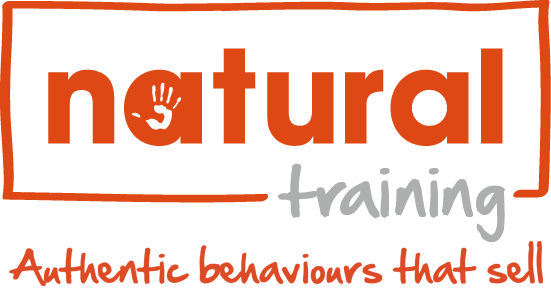Imagine you’re giving a presentation to 10 people in a boardroom.
You pause for a moment, look at the audience and there’s a sea of blank faces looking back at you.
Worse still, there are two people yawning, a few people planning their next holiday, and one who’s just nipped out to the bathroom.
If you feel you need to add some life to blank faces, you’re not alone.
One of the top reasons people want our help with presentation skills training is because they feel that they need more audience engagement.
Here’s a recent comment from a pre-workshop questionairre: “I feel that my weekly team update presentation wastes everyones time. People rarely have anything to say, and look as though they would rather be anywhere else but listening to me”.
So how do you overcome the sea of blank faces? It is about three key things:
1. Increase relevancy
2. Audience engagement
3. Resist padding
1. Increase relevancy
Failure to be empathetic with audience needs is a sure way to achieve total boredom.
The way to overcome this is to imagine yourself in the audience, and then maximise the the relevancy of your content.
Try this simple exercise, suggested by John Forde as an antidote for copywriters who need focus:
It’s called the Margin Mantra. Print out your presentation, and in the margin, or somewhere on every page, write the theme of your presentation, perhaps as a question that needs to be answered, such as “How do we increase revenue in July?”
The Margin Mantra serves as a constant reminder that if you’re straying from the subject, your audience will probably be similarly straying from your presentation.
Seth Godin agrees, suggesting writers stay relevant by “killing your children”. This means that even those sentences and slides most dear to you have to go if they don’t fit in.
Another technique to help stay focused is to be the Google for your audience.
Google is highly effective at delivering information based on relevancy, and you should do this too.
Imagine that your audience has put in a search term on the information that interests them, and deliver just on that.
Save the rest for a later search.
Your audience will be much more attentive, and you will avoid those blank faces!
3. Audience Engagement
In order to engage your audiences, it is useful to understand the difference between direct and indirect audience involvement.
Direct involvement is when you want to elicit a response from the audience, such as asking them a question.
This aspect of audience involvement can work well, but it also puts you in the position of potentially losing control with difficult audience members wanting to dominate the presentation.
This happened in a presentation I gave to The Met Police a few years ago. I asked the audience a direct question, which the person from marketing took as a 15 minute invitation to recall in infinite detail his vast career experience.
To avoid similar situations, yet still bring colour to blank faces, indirect audience involvement is the preferred option in many cases.
You can do this by asking rhetorical questions (“So what happens if we do this?”…and answer it anyway), language such as “you may be thinking…”, and by asking the audience to imagine a particular scenario, which puts them right in the moment.
3. Resist padding!
Some presenters, when given an hour slot, go on to deliver a presentation that fills in exactly that time, padding it out with all sorts of extra stuff.
Padding = blank faces.
I think if you are given a time allocation that is much more than you want or need, then you should challenge the agenda organiser, and tell them that you would rather speak for just the time it takes to deliver your message.
Much better than filling in an allocated time just for the sake of it.
If you can get your message across in 5 or 10 minutes, and it is relevant and punchy, then the audience will appreciate you far more than the next presenter who pads out her presentation for an hour.
Tip: If you must fill out the allocated time, invite questions and ask the audience at the end what part of the presentation they would like to hear more about – then concentrate on those bits.
If you’d like to learn more about this or any other tips to do with presenting, check out our Presentation Skills Training options on the website, or give us a call on 0207 043 1582.


